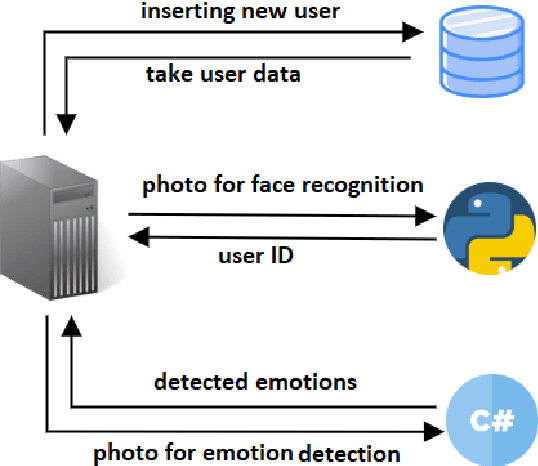Marco Botta
A preferential interpretation of MultiLayer Perceptrons in a conditional logic with typicality
May 11, 2023Abstract:In this paper we investigate the relationships between a multipreferential semantics for defeasible reasoning in knowledge representation and a multilayer neural network model. Weighted knowledge bases for a simple description logic with typicality are considered under a (many-valued) ``concept-wise" multipreference semantics. The semantics is used to provide a preferential interpretation of MultiLayer Perceptrons (MLPs). A model checking and an entailment based approach are exploited in the verification of conditional properties of MLPs.
Cloud-based user modeling for social robots: a first attempt
Sep 25, 2022

Abstract:A social robot is an autonomous robot that interact with people by engaging in social emotive behaviors, skills, capacities, and rules attached to its collaborative role. In order to achieve these goals we believe that modeling the interaction with the user and adapt the robot behavior to the user herself are fundamental for its social role. This paper presents our first attempt to integrate user modeling features in social and affective robots. We propose a cloud-based architecture for modeling the user-robot interaction in order to reuse the approach with different kind of social robots.
User modeling for social and affective robots
Aug 05, 2021Abstract:This paper presents our first attempt to integrate user modeling features in social and affective robots. We propose a cloud-based architecture for modeling the user-robot interaction in order to re-use the approach with different kind of social robots.
 Add to Chrome
Add to Chrome Add to Firefox
Add to Firefox Add to Edge
Add to Edge